Home »
Misc »
How to steal the ball in basketball
How to steal the ball in basketball
Basketball Steal
Home>Sports>Basketball>Basketball Statistics
PreviousNext
A steal in basketball is a turnover that happens when a defensive player takes or intercepts the ball from the offensive player or dribbler. Steals can happen when a defensive player uses his hands to swipe the ball out of the dribbler's hands. Another way to steal the ball is by picking or intercepting a pass from another offensive player. Steals or any turnovers are looked at as a huge advantage if your team can come up with them, this is because it puts the ball in your offense’s hands more often.
You must be careful not to make contact with the ball-handler's hands, body, or forearms. This is called a personal or reach-in foul and will result in free throws for the other team.
Table of Contents
- How To Steal In Basketball
- Cons of Steals In Basketball
- Pros of Steals In Basketball
- Basketball Press Defense
- Basketball Steal Percentage
How To Steal In Basketball
If you're looking to incorporate more steals in your game, follow these steps.![]()
- Know the offense and what players are weak dribblers.
- Play press defense and force the offense to make mistakes by setting traps.
- Get low and bend your knees on the court to stay with the dribbler.
- Trust your instincts and anticipate where the dribbler is going.
- Focus on your speed and practice quick agility exercises in the offseason.
- Be aggressive but not too aggressive as you don’t want to take fouls
Cons of Steals In Basketball
There are a few cons and risks of attempting to steal in a basketball game.
- steals can leave the court open for breakaways if unsuccessful
- steals can result in personal fouls or “reach-in” fouls
- attempting too many steals can make a player foul out of the game
- Attempting too many steals can force the offense to adjust and change their gameplan
Pros of Steals In Basketball
There are lots of pros to attempting a steal in a basketball game.
- steals result in turnovers if successful
- steals can intimidate the offense and change momentum of the game
- Keeps the ball out of the hands of the opposing team
- Steals put the ball in the hands of your offense
Basketball Press Defense
A press defense is a type of defensive formation and strategy that applies pressure on the offense to force turnovers. On a press defense, the defense will set traps on the court to make it easier to steal the ball. They also play tighter defense than usual and on larger parts of the court than usual.
Basketball Steal Percentage
Steals are important to the outcome of a basketball game, so it's recorded for each player as a statistic. Steal percentage defines how many offensive possessions result in a steal. Steals are always recorded for the player that initiates the steal play. Players with high steal percentages can be a nice piece to have on defense.
PreviousNext
Pages Related to Basketball Steal
- Defensive Rebound In Basketball
- Basketball Turnover
- Basketball Possession
- Basketball Scorebook
- Does Height Matter In Basketball?
- Basketball Rebounds
PreviousNext
How to Steal the Ball in Basketball
Stealing the ball in basketball is a deceptively simple move.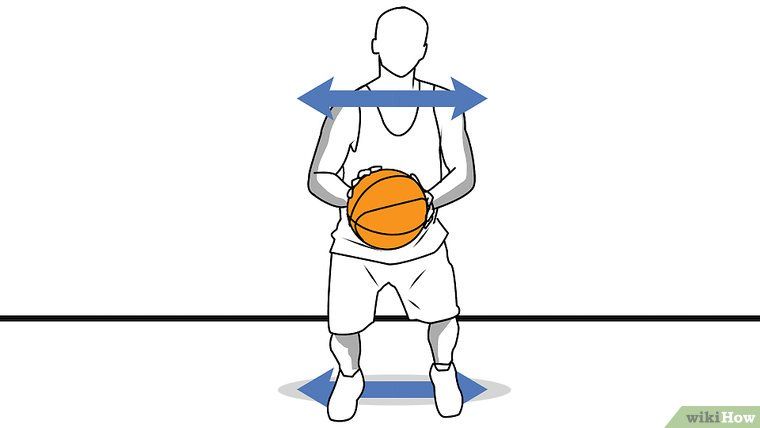 The actual process is straightforward -- swipe the ball away from someone when they’re dribbling, grab the ball as it’s in the air during a pass, or swat the ball away from the other player so that another of your teammates can grab it. But knowing when to try to for the steal and when to avoid the risk of a foul is difficult. Target players who are sloppy with the ball or who are showing you what they’re about to do.
The actual process is straightforward -- swipe the ball away from someone when they’re dribbling, grab the ball as it’s in the air during a pass, or swat the ball away from the other player so that another of your teammates can grab it. But knowing when to try to for the steal and when to avoid the risk of a foul is difficult. Target players who are sloppy with the ball or who are showing you what they’re about to do.
Look for players who are sloppy dribblers, or who expose the ball when they pick it up. Someone who doesn’t seem to have a very tight grip on the ball as he prepares to pass -- especially if he’s holding the ball away from his body -- could be a suitable target if you’re fast enough. Loose dribblers who don’t keep that ball under control might be unwittingly offering you extra time to snatch the basketball away mid-dribble.
Watch players to see how their bodies move before they make certain plays. Some players telegraph what they're about to do. For example, if someone is about to turn to the right and throw the ball to a teammate, she might keep her arms still but turn her shoulders a bit. She’s attempting to fake you out by leaving her arms still, but her body is giving out clues that she’s going to turn. Looking at the player’s torso and shoulders can help you spot such moves.
She’s attempting to fake you out by leaving her arms still, but her body is giving out clues that she’s going to turn. Looking at the player’s torso and shoulders can help you spot such moves.
Act a bit lazy yourself as you zero in on a ball you want to steal. In a January 2014 article on top defenders in college basketball, players told "Sports Illustrated" that they try to seem like they’re “off-guard” or “resting,” when in fact they’re watching the ball and waiting for a moment to strike. These tactics can make the player with the ball assume you’re not much of a threat, and he might be less likely to protect the ball carefully.
Keep an eye on where nearby offensive players are standing. You might have an opportunity to intercept a pass. If the player holding the ball decides you aren't looking and throws the ball to another player nearby, you'll be in a better position to dart in front of the intended target. Instead of trying to snatch the ball out of the air from the side, be ready to place yourself in the path of the ball so you're the one who gets it.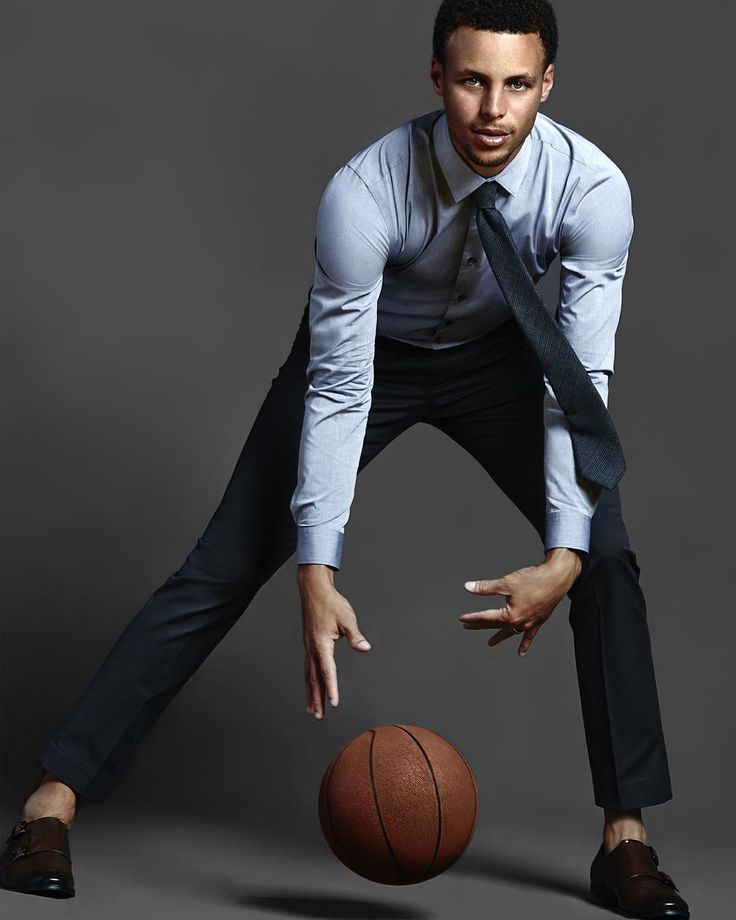
Tips
Practice defense with a friend to increase your ability to tell when to try nabbing the ball. One of you can practice dribbling -- and making it harder for someone to steal the ball -- while the other tries to take it away. If you can get a group of three people together, the third person can practice defending the dribbler, and you can try getting past the defense.
Also try to practice speeding up your reflexes. For example, "Sports Illustrated" noted that UCLA’s basketball team practices covering a flashing sensor on a wall to work on speed. In the same article, Virginia Commonwealth University’s Briante Weber said he would also try to drop and catch pens or swat bugs as additional practice.
Warnings
Don’t touch the player who has the ball when you try to steal it, or you'll likely be called for a foul.
Technique for snatching the ball from an opponent in basketball
The selection of the ball in basketball is most often carried out by “pulling it out” from the opponent. This technique is performed in those moments when the player in possession of the ball weakens control over it. The most convenient moment for pulling out is considered to be the moment when the ball goes down (during the rebound, when catching the ball or passing), as well as when the attacking player turns his back to the backboard after stopping.
This technique is performed in those moments when the player in possession of the ball weakens control over it. The most convenient moment for pulling out is considered to be the moment when the ball goes down (during the rebound, when catching the ball or passing), as well as when the attacking player turns his back to the backboard after stopping.
During the execution of the reception, the defender approaches the opponent and grabs the ball with his hands, applying one from below and the other from above. Then he makes a sharp movement with his hands towards himself, at the same time turning the body to the side, shifting the center of gravity to one of the legs.
Often, to overcome opposition resistance, the defender makes an additional move, giving the ball a horizontal spin.
In order to successfully perform a hold, the player must strictly observe the pulling technique:
- instantly react to the slightest changes in the position of the ball;
- grasp the ball with both hands (top and bottom) as deep as possible;
- make a powerful jerk on yourself and at the same time try to give the ball a horizontal rotation;
- actively rotate the body to the side;
- Having mastered the ball, immediately perform the following technique to organize a counterattack of your own team.

All about basketball
Handicap 2 +2 Handicap 2 +2: what does it mean in football betting? What is the point of betting on a 2+2 handicap? What layout options are provided ...
Interfering with hitting and interfering with the ball in basketball: stages of throwing, types of interference, punishment for a wrong throw It is necessary to perform correctly...
Rights and duties of the chief referee in basketball The chief referee has the following duties: control and coordinate...
Ways of dribbling in basketball The movement of a basketball player with the ball around the court in any direction and at any speed is called dribbling...
Basketball Dictionary
What is the number of LeBron James? Even those who are far from basketball have heard about LeBron James. The sports career of this basketball player is amazing ...
The sports career of this basketball player is amazing ...
Get stuck in the paint What does “get stuck in the paint” mean in basketball? How can you "get stuck in the paint" in basketball? Getting stuck in the paint is...
Intentional foul What is an “intentional foul” in basketball? How can you commit an intentional foul? An intentional foul is a violation of the rules...
Basketball number 11 In the NBA and other basketball leagues, the number has long been a symbol for players. Many athletes are remembered precisely for ...
All about sports
Commentator gem generator We have known many quotes from commentators since childhood. Some pearls remain relevant even years later....
The ball in the game of tennis: entering, finding, entering errors The ball enters the game after the server hits it. The implement is in play.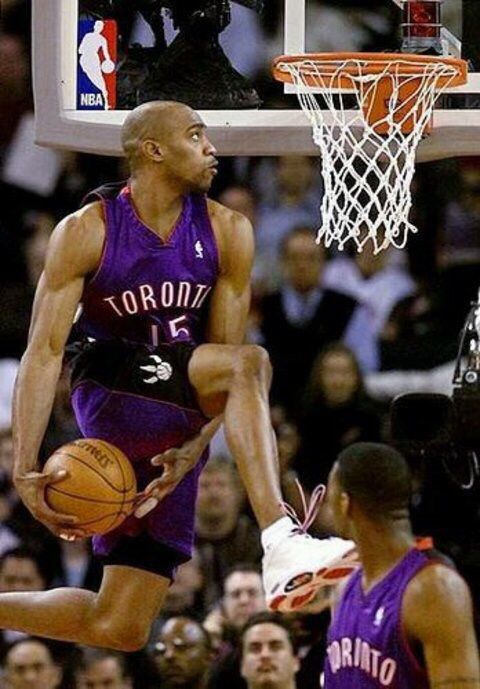 ..
..
What happens if a biathlete forgets to drive a penalty loop? Many athletes experience great stress during a race. It intensifies,...
Saturn (Ramenskoye) The Saturn football club represents the Moscow region in the domestic arena. Based in the city of Ramenskoye. Educated...
5 Basketball Exercises to Move the Ball with Passes
There is nothing better than watching a team move the ball quickly and efficiently around the court without greed.
Overcoming the defense with smart passing the ball to each other, creating situations for open shots and passes is one of the great offensive techniques.
Would you like your team to be able to do this?
Basketball passing exercises in this article will help you with this.
But first let me explain something very important...
There are two types of training exercises:
1. Technique for passing the ball.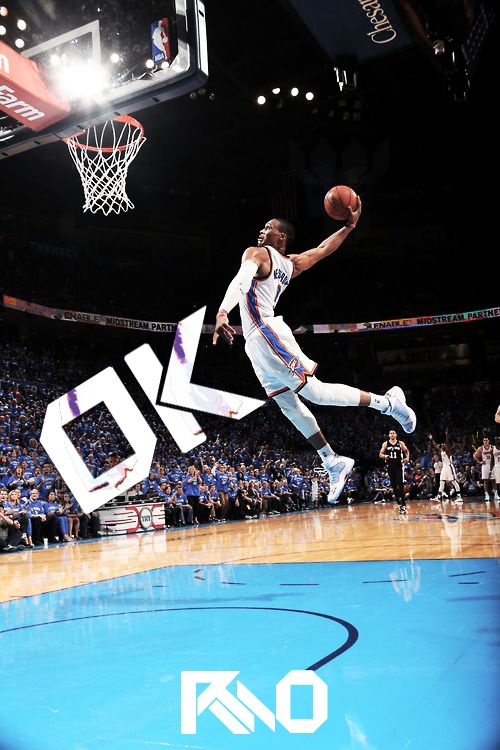
2. Decision making during transfers.
Unfortunately, most coaches only focus on the "technical" aspect of training and forget how to train their team's decision-making ability when it comes to sharing the ball.
Your players will not improve their game passes by doing thousands of repetitions of chest passes.
While technical drills have their place, they are far less important than passing drills with decision making.
We must let the players learn how to read the defense and make the right decisions.
In addition, ball passing exercises are great for starting a workout to warm up your team and get them to communicate and work together.
5 ball passing exercises.
1. Advance
How the drill works:
Players form 3 columns evenly distributed along the end line. The two outside players start with the balls.
3 players advance across the court passing the ball back and forth to the middle player and then finish the exercise with two shots from under the basket.
Purpose:
A fun passing exercise that works on catching and passing without running, with communication, timing, and shooting from under the basket at game speed.
Formation:
Players form 3 columns behind the end line.
Two players on the outside lines have balls.
Instructions:
3 players (1, 2 and 5) begin to move forward on the court. The 1st outside player passes the ball to the 2nd player in the middle line.
Immediately upon receiving the ball, the center line player returns the ball to the same player on the touchline.
The 1st middle player then turns to the other side and receives a pass from the 5th outside player and immediately returns the ball to him.
Outside players may use 1-2 steps to avoid running.
The drill continues until the players reach the opposite 3-point line. When this happens, the two outside dribblers go to the basket and shoot.
The group then waits at the opposite end for the rest of the groups to complete the exercise before starting the exercise on the other side. On the right scheme at the top, the three players (4, 3 and 2) continue the exercise according to the scheme described above.
Options:
Medium or 3-point shots. Instead of ending with a run to the basket, players may end with mid-range shots or 3-point shots.
Back and forth - Instead of waiting at the other end, the troika can complete the drill both ways. Only now the threes are placed on both end lines and begin the exercise when the three from the opposite side return to their half of the court.
One Ball - If you are coaching very young players, you can run this exercise with one ball until the players understand how it works.
Coach's notes:
Passes must be passed on the move in front of the player using proper passing technique.
The receiver must hold his hands at goodie level, showing 10 fingers and calling for the ball to be passed to him.
The middle player must catch the ball and quickly pass the ball to a running partner. Don't run!
Shooting technique while moving from under the basket is very important in this exercise. Watch your footwork and make sure all players are doing it right.
2. Monkey in the middle
How the exercise works:
Players are divided into groups of three. Each group has one ball. The two transmitters lined up 12 to 15 feet apart. The third player in the group is the "monkey in the middle". He tries to hit or steal the ball. The two outside players must pass the ball to each other without using cross passes or dribbling. Simply turning and using feints to open up the passing line and pass the ball past the defender.
Goal:
A fun exercise that works on defense at the same time. This exercise will teach players how to use feints and turns to create a passing zone and also to protect the ball.
Lineup:
• Groups of 3 players.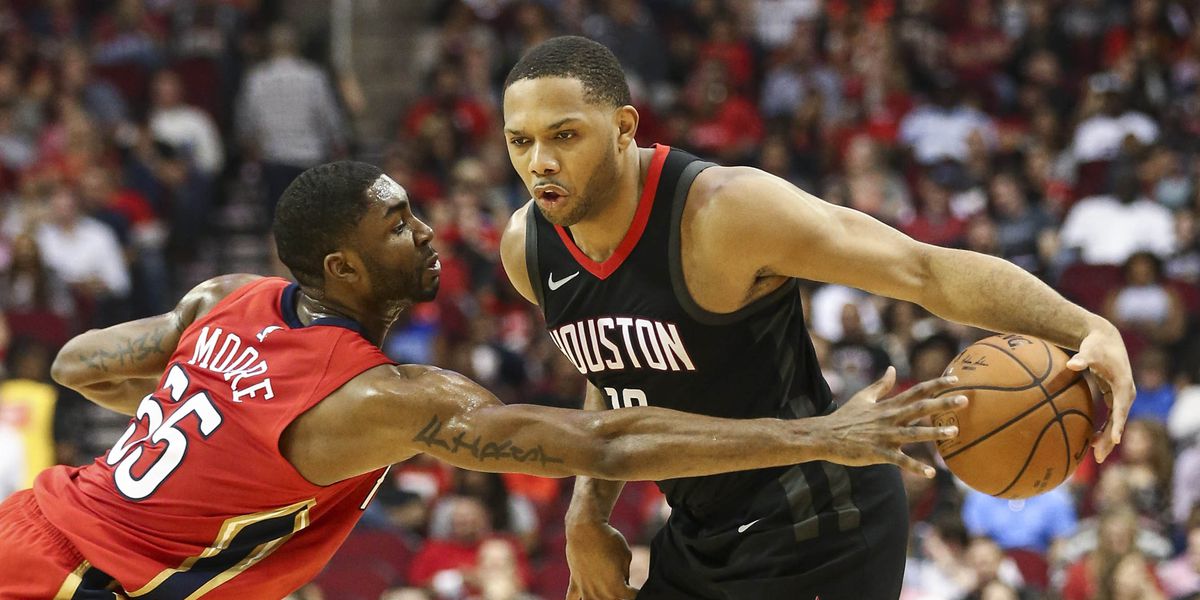
• Each group has one ball.
• The passers are lined up 12-15 feet apart with the third player (back) in the middle.
Instructions:
1. The drill starts with the defender attacking the player who starts the drill with the ball.
2. The attacker uses feints and steps to pass to another attacker while the defender attempts to parry or intercept the pass.
3. After each pass, the defender rushes towards the ball carrier and tries to press the ball again.
4. When the defender recovers the ball or kicks the ball, the players change positions.
Variations:
Change after a certain time - Players can change positions
after a certain period of time (depending on the age of the players, their strength and stamina), and not after each interception and elimination. For example, 30-40 seconds.
One dribbling available. Let the attacking players hit the ball once to the floor to open up the passing corner. It will be tougher for the defender.
It will be tougher for the defender.
Only bounce passes allowed - in order to make it more difficult for attackers, allow them to only bounce passes.
Notes:
• It is very important for a defender to have active arms and legs at all times. This is the best way to intercept.
• Passing players must wait for the defender to recover before making the next pass. The purpose of the training is to learn how to pass and create passing angles.
• If there is no set time, the offensive player must not hold the ball for more than 5 seconds without passing the ball.
• No passing in an arc! They make the drill too easy for the attackers and will not lead to improvement.
3. Swing passes
How the exercise works:
The team is divided into 4 groups in the corners on half the court. The players make a pass to the player on the right, who start running along the sideline towards the endline.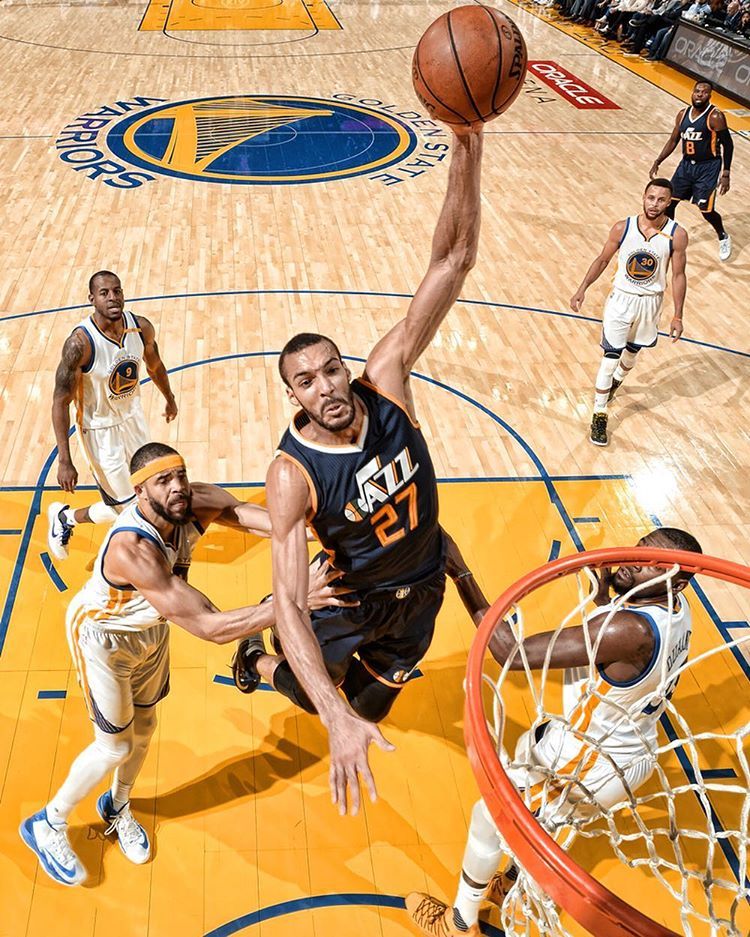 The sender then joins the end of the column into which he passed the ball.
The sender then joins the end of the column into which he passed the ball.
Purpose:
A drill intended to be used primarily with young players or as a warm-up. This training will improve passing the ball on the move, as well as improve reception and passing without dribbling.
Lineup:
• The team is divided into 4 groups. One group located in each corner.
• The first player in one of the groups has the ball.
Instructions:
1. The drill is started by ball carrier 02 passing the ball 01 to the player on the right.
2. Before passing the ball, the receiver must start running in the direction of the next group, where he will make the next pass of the ball.
3. 01, having received the ball, passes it to player 05, who starts a dash towards 03.
4. After each pass, the passer joins the end of the group where the ball was passed.
5. The exercise continues according to the same scheme with passes and jerks of the players along the square in the same direction.
6. After a certain period of time, the coach changes the direction of the passes.
Options:
Turn on the second ball. If the players perform confidently, then you can enter the second ball in the opposite corner.
Various types of passes - The drill can be performed with one or two hand passes, bouncing, etc. One Dribbling - Players are allowed to make one dribbling before passing to the next player. This can be useful if you are passing with one hand.
TIPS:
• The receiver does not need to slow down or speed up to catch a transmission. Transfers must be accurate, timely and forward.
• The receiver must initiate the snatch in a timely manner with arms outstretched to assist the passing player in making a timely and accurate pass.
• It is very important that you do not make any mistakes during the exercise. Don't let them fall into this bad habit.
• Begin the exercise at medium speed at the beginning until the players understand it. Then increase the intensity.
Then increase the intensity.
4. Bronze gears.
How the drill works:
Starting at the end line at the edge of the penalty area, pairs of players pass the ball back and forth using various passes as they run across the court to the other end line. When they get there, they move closer to the touchline and come back using various passes over the players in the middle of the court.
Purpose:
An excellent warm-up that provides many passes in a short amount of time. Including passes of various lengths and types for players in training.
Line-up:
• All players find a partner.
• Each pair has one ball.
• Pairs split into two columns behind the endline at the edge of the SR.
Instructions:
• 1. The first pair move to the opposite side at a slow pace in the middle of the court, passing the ball from the chest to each other.
• 2.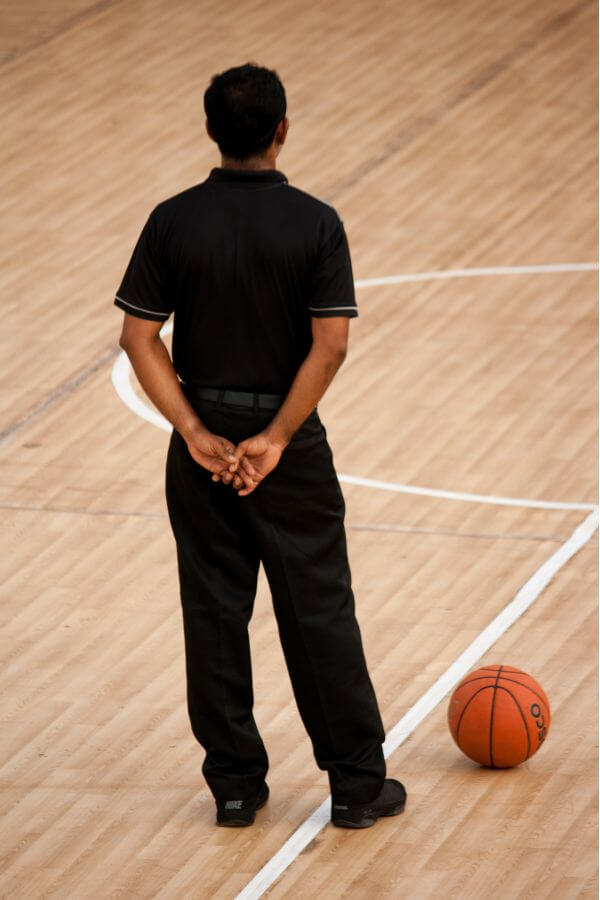 As soon as the first pair is closer to the 3-point line, the next pair starts.
As soon as the first pair is closer to the 3-point line, the next pair starts.
• 3. When the first pair of players reach the opposing endline, they move to the touchlines and return, passing the ball over the pairs of players moving in the middle of the court.
• 4. When the players return to their starting position, they rejoin the pairs in the middle of the court and continue continuous training.
• 5. Every couple of minutes, change the type of passes players make for middle pairs and outside pairs.
Options:
Gears for pairs in the middle. For the mid lanes, there are several types of passes that I recommend: from the chest, with a rebound, one-handed from the chest, and one-handed with a rebound.
Outline Passes - For outside lines there are several types of passes that I recommend: chest passes, overhead passes, one hand passes.
Remember to consider your team's age, strength and skill level when deciding which passes they should use during practice.
Tips:
• Follow the pace of the exercise; especially if it is used as one of the warm-up exercises. Walking should not be allowed, but too much traffic should also be avoided. Accurate transmission is the main focus of training.
• Players on the outside lines must not make too many passes in an arc and with a very high trajectory on their passes. They should be at a height that is safe enough not to hit the midlines, but straight enough to reach your partner quickly.
• The ability to pass the ball with either hand is an important skill to develop. Expect mistakes when your players first perform a drill, but make sure you train them properly.
• Footwork is very important during this workout. Players must be able to catch the ball and pass back to their partner in two steps. If you are training young children and they cannot pass the ball at speed yet, slow down the pace of the exercise.
• After each run around the court, the players must switch to the sides so that they practice passing short and long passes from both sides of their body.
5. Netball
How the exercise works:
regular battle without dribbting the ball is allowed at any time. Games can be played 3 on 3, 4 on 4, or 5 on 5.
Target:
An excellent exercise that improves not only passing the ball, but also moving without the ball, positioning, jerking, etc. This exercise will lead to less use of dribbling in games and fewer losses.
Lineup:
• Divide the players into two teams based on the number of players available for training.
• Try to make teams of the same height and skill level.
• Only one ball is needed for training.
Instructions:
1. Teams play normal full game - no dribbling!
2. The exercise is performed within the time specified by the trainer.
3. Start with the arrangement shown in the diagram.
Point system:
• The game is played up to either 5 or 11 points.
• Each 2-point roll is worth 1 point.
• Each 3-point roll is worth 2 points.
• Must win by 2 points.
• In the event of a shooting foul, the offensive player throws one free throw for 1 point.
Variations:
One Shot Allowed - Players are allowed 1 dribbling when they gain possession of the ball. This is not a requirement, just an option.
Only bounce passes allowed - Restrict your players to only use bounce passes.
3 teams. The exercise starts by dividing your team into 3 groups of 3 to 5 players. Two teams start defense in each half. The third team is in the middle of the court on offense. The offensive team chooses one side and tries to score the ball without dribbling. Same scoring system as above. After a goal is scored or the possession of the ball is changed, the defensive team receives the ball, attacks in the opposite direction. The previous offensive team may play defense up to the center line of the court. Play until one team reaches 5 or 11 points.